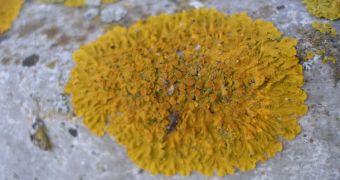Analyses conducted on some of Earth's most resilient organisms suggest that a theory called panspermia – which holds that life can spread between planets, star systems and galaxies by hitching rides aboard asteroids and other space rocks – may be true after all.
When it was first proposed, most of the scientific community was unconvinced that organisms could endure the massive heat of cosmic impacts, the trip into orbit aboard ejecta plumes, several millions of years of space travel, atmospheric reentry and the impact with another celestial body.
Yet, studies conducted over the past few years have demonstrated that none of the stages involved in this complex process can kill off all traces of life. Slowly, but surely, the picture that panspermia may indeed be a viable theory crystallized.
The European Space Agency (ESA) conducted a series of experiments on the International Space Station (ISS), which demonstrated that life might survive in the harshest conditions, including when frozen, thawed, exposed to extreme radiation and vacuumed dried.
According to scientists, the suitcase-sized Expose-E experiment package ESA sent to the ISS in 2008 was essential for this type of studies. The instrument, a small-scale laboratory in its own right, contained a variety of organic compounds and living organisms.
They were all exposed to the harsh rigors of outer space. Many of the organisms could not handle the pressure, but a large number were able to endure. The results of this study have significant implications for our understanding of the origins of life here.
An emerging view in the scientific community today is that water and life arrived on Earth from elsewhere. Water was brought in by comets, mostly during the Late Heavy Bombardment, while the early seeds of life may have arrived here aboard asteroids.
“We are exploring the limits of life,” says ESA scientist Rene Demets, referring to the experiments the agency is conducting in special enclosures located outside the station. Not even low temperatures, a lack of gravity, or exposure to extreme UV radiation kills off all lifeforms.
Interestingly, the ESA studies may find applications in more mundane fields, such as cosmetics. Since some lichen can survive being exposed to extreme ultraviolet wavelengths for more than 18 months, scientists are currently thinking of ways to include it in sunscreens, Astrobiology Magazine reports.

 14 DAY TRIAL //
14 DAY TRIAL //